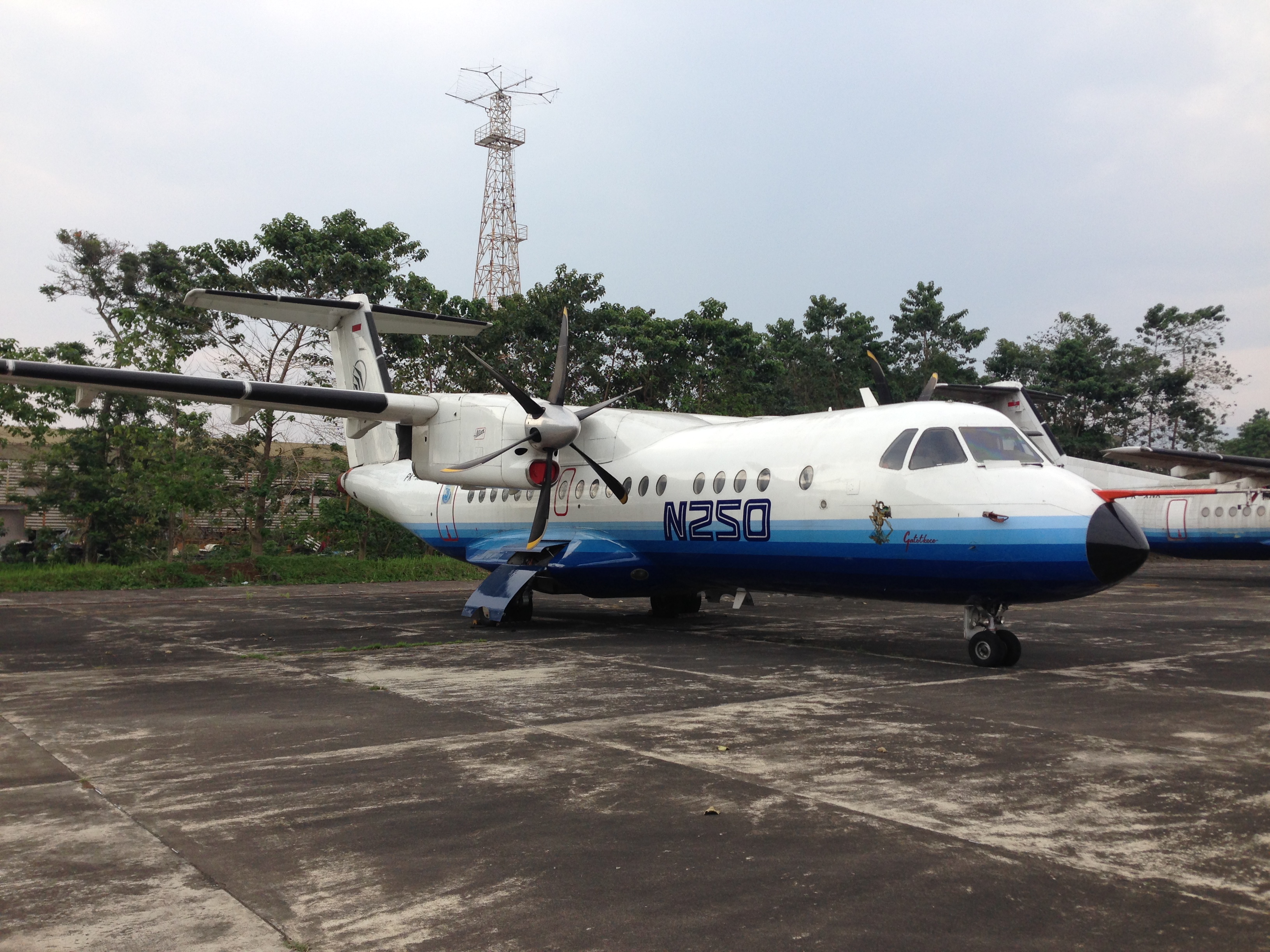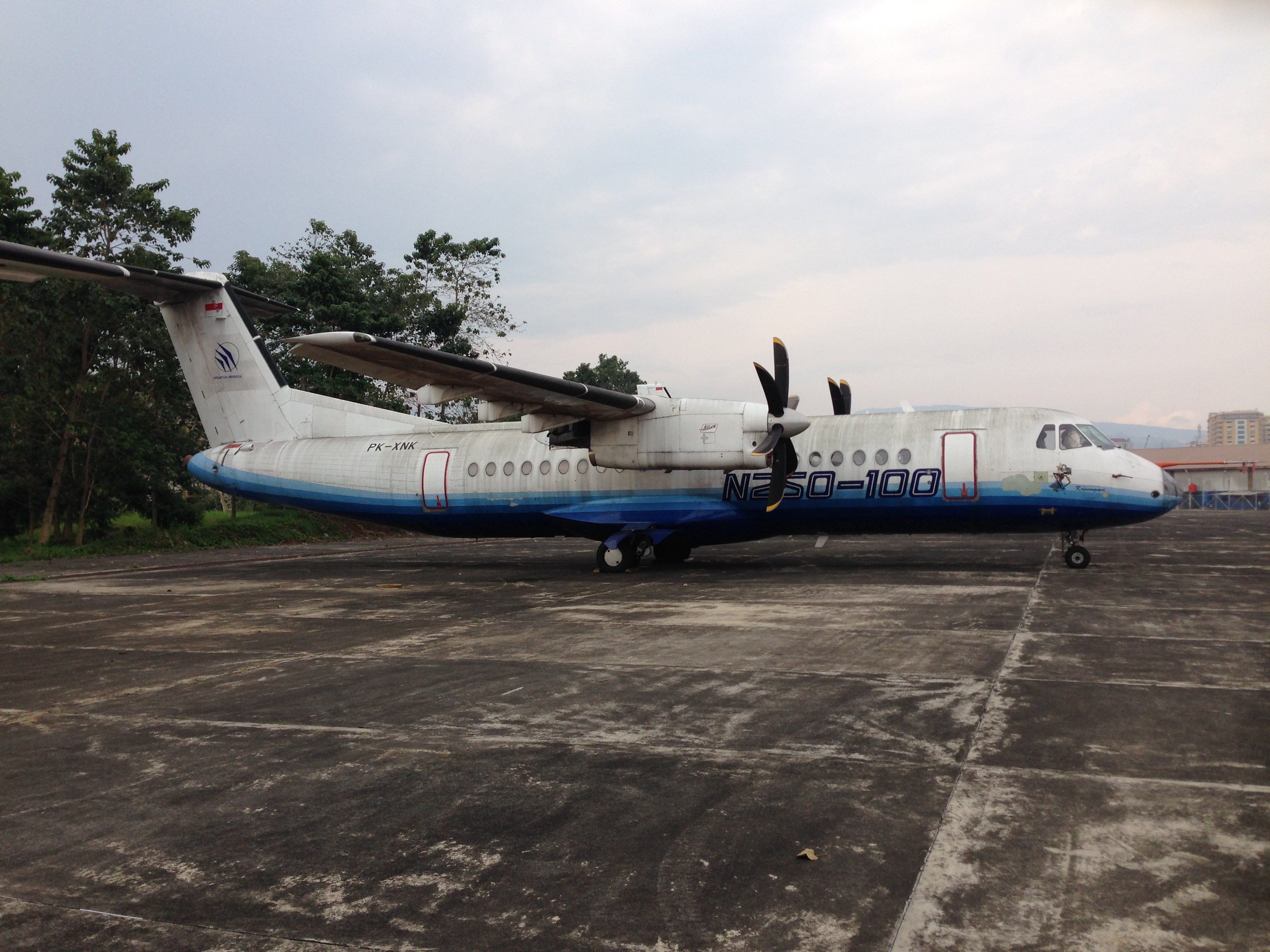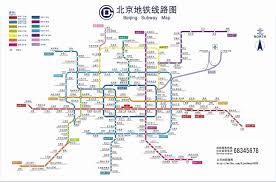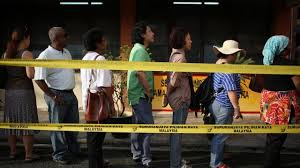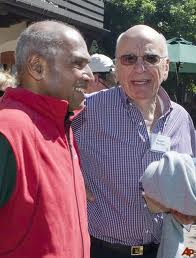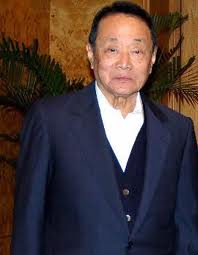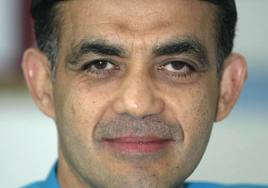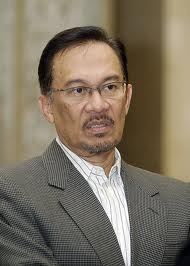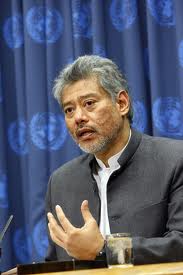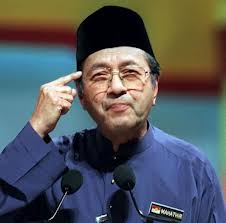I failed to write anything the week ending 18 October despite an interesting trip to participate in the 10th anniversary of the Lee Kwan Yew School of Public Policy at the National University of Singapore. (They invited you, you’re thinking. Yes, they did. As Saul Bellow once wrote: ‘There is nothing too rum to be true.’)
I also had a wonderful side-visit that week across the causeway to Johor Bahru, about which I will say nothing more than that if you have never read Han Suyin’s classic novel And The Rain My Drink, you should get on and do so. The book is particularly recommended for Chinese, Indians, Malays, Japanese and assorted gweilos, all of whom feature amid the chaos of the Emergency in Malaya/Singapore. What is more, there is a new edition, published by Monsoon Books that contains two, new short forewords; one is by Han’s former ‘liberal’ Special Branch husband; and one is by a well-known Malaysian human rights lawyer. The forewords unlock a few secrets about the writing of and background to the book. The copy I picked up in Singapore has the cover contained in the previous link; the copy available on Amazon has a different cover but an online review indicates it has (at least) the additional foreword by Han Suyin’s second husband. The book is not a bad gift.
Aside from the trip to JB (the treatment of hundreds of thousands of Malaysians who cross the border for work each day is pretty shocking on both sides; waiting time is frequently hours), the week in Singapore gave me a chance to speak with a bunch of policy people and a couple of ministers, and so here are a few thoughts about a place I don’t often talk about:
Singapore menu du jour:
1. The Great Unwashed are becoming the Great Ungrateful. In the 2011 election, Harry Lee’s People’s Action Party (PAP) got, by Singapore standards, a kicking, hit by a negative vote swing of almost 7 percentage points which took it down to 60 percent of votes cast. More and more people have had enough of the PAP’s arrogance, its brutal elitism and its lack of the common touch. On top of this there is Singapore’s hideous inequality (Gini of income inequality at a record 0.54), the out-of-control immigration (including horrific numbers of dumb, fat gweilos), and the apparently congenital inability of PAP politicians to think in terms of the population’s interests as a whole. Back in the UK, the PAP makes me think of David Cameron and George Osborne on a really bad day.
2. Never underestimate Harry, or indeed Little Harry. The PAP remains a formidable machine when it comes to co-opting Singapore’s best and brightest. A reasonable example is chipper Minister for Culture, Community and Youth, Lawrence Wong, whom I had the pleasure to chat to. He is a big supporter of new PAP measures to curb real estate speculation and increase welfare transfers to the poor. It is not fundamental change, however it is change at the margin. The PAP’s logo may have been inspired by that of Oswald Mosley’s British Union of Fascists, but the PAP has enjoyed considerably more success and longevity.
3. So the big PAP trope just now is that the party is becoming much more touchy-feely and getting down with the labouring masses. At a public forum, many-times minister — most recently Foreign Minister — George Yeo, who became the most senior PAP figure since the 1960s to lose his seat in 2011 (‘arrogance’, said one of my taxi drivers), summed up the required shift in elegant philosophical terms. He said that Singapore must move on from ‘utilitarianism’ and seek policies that work for as many people as possible. In other words, the crude majority (assuming there even is one in the next election, in 2015) should no longer ride rough shod over the interests of minority groups, be they the very poor, Malays, whomever. He didn’t use the second philosophical designation, but what he meant is that Singapore needs to shift from utilitarianism to something more Pareto efficient, where policy gains for the majority do not come at the expense of other people.
4. Unfortunately I am a sceptic and I don’t believe the PAP will change its stripes – at least not fast enough to prevent even more trouble at the next election. At the same forum I commended George Yeo for calling for a move to a more mature, thoughtful policy framework. Then I asked him when he thinks Singapore will stop hanging people. (Singapore releases poor and patchy data, but in some years has had the highest per capita state execution rate in the world.) The response was interesting: no more new George/new PAP. He simply said that killing people has a deterrent effect and that most Singaporeans are in favour of it. This is the old PAP we know and love: not letting facts or logic get in the way of what it wants to do. First, there is no statistically robust evidence – and there are many studies – that capital punishment has a deterrent effect, so the claim to the contrary is disingenuous. Second, the logical case against capital punishment doesn’t hinge on the debate about deterrence anyway. Instead — at least for me — the sledgehammer argument against capital punishment is that you cannot guarantee in any legal system not to make mistakes; and when you do make a mistake, you cannot bring wrongly-hanged people back from the dead. I have looked in detail at miscarriage of justice cases in both the UK and the US, each of which has a better, more transparent legal system than Singapore. So when George offered the sop that he is open to looking for better ways to kill people, I wasn’t overly impressed. In reality of course, the PAP is sufficiently embarrassed at some level about its barbarism that the number of killings has fallen sharply as its political support has waned in the 2000s and 2010s; in 2012, the number of convictions subject to mandatory capital punishment was reduced.




